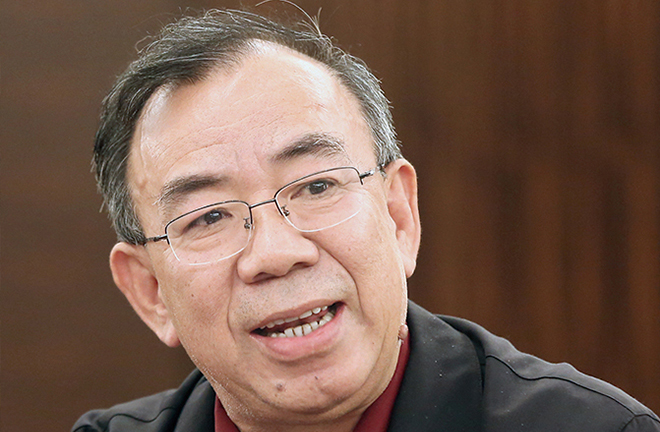
Wan Junren is dean and professor from the School of Humanities at Tsinghua University; distinguished professor of the Yangzi Scholars Program under the Ministry of Education.
Modernity is a concept of complexity and ambiguity. It can be the historical and philosophical description of the history of human civilization and culture (Karl Jaspers, Spengler, and Wallerstein), representing a state or trait of progressive change of “new” social civilization in modern times that is different from the concepts of ancient times, classic and past. It can also represent a social value judgment and social attitude (Darwin, Huxley, Auguste Comte, and Marx), an empirical analysis and value judgment of human social development.
Moreover, it can be a mindset or mentality of human and social development based on the analysis from the above mentioned two dimensions, namely the value orientation culture-wise, hence the saying “the mentality of modernity.”
Modernity in its nascent period
The realization of building a moderately prosperous society in all respects signals that China’s modernization has phased into a new stage. The advent of this new phase means that the theory and thought of Chinese modernity is burgeoning and maturing. Therefore, to explore and understand Chinese modernity has become a task of contemporary Chinese society. The task is also challenging for the contemporary world to re-understand China.
At its nascent period, Chinese modernity which is still being formed has not yet fully displayed its potentials, strengths, and features in certain aspects. It is still vague and vulnerable in some aspects. However, the main elements and basic features of Chinese modernity have already come into being, which is quite clear: the continuously opening market economy and adaptation to economic globalization; great autonomy of state politics; rapidly growing urbanization; rapidly enhancing modern industrial manufacturing system that is increasingly complete; scientific and technological innovation that is characterized by technical improvement; and comparatively complete knowledge and education systems.
The great success that Chinese modernization has made and the embodiment of its quality are arousing increasing attention from the world. Be it envy, respect, fear, resentment, or crackdowns from others, they all demonstrate that the birth and growth of Chinese modernity is unique.
Comparative study of modernity
In fact, the internal character, ethos, and ideas of Chinese modernity differ much from Western modernity in many aspects, even diametrically so. To understand and discern these important and even fundamental differences requires authentic comparative analysis between Chinese and Western civilizations and cultures.
Different from the Western individual power-centered or free capital-based liberal market economy mode, China’s market economy is an open market economy which is based on the balance between social rights and obligations, and fair, free competition between public capital and private capital. Therefore, it advocates the blending of the government’s “visible hand” and the market’s “invisible hand.”
The combination of the two types of hands means: emphasizing both sufficient free competition and reasonably orderly social cooperation; encouraging the free flow of capital and efficient market allocation, and preventing capital monopoly and unlimited social erosion or political interference from capital; and preventing both state/government intervention in market operation which uses the instrument of the non-market economy, and erosion or harm on the nation’s political and social equity from capital or the market economy.
In terms of culture, it is national and local. Emphasizing lineage, it is even a type of tacit knowledge and value system. Therefore, the differences and conflicts between cultures have been the most complex issue by far in the comparative study of Chinese modernity and its Western counterpart. Only by figuring out the issue, can the ultimate dialogues between the two types of modernity and their mutual understanding be possible.
Edited by BAI LE

